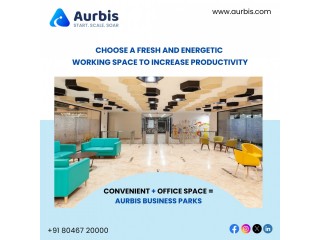Here's the Truth About Wood Veneers Private
3 years ago - Real estate - Bareilly - 184 viewsWhen you learn that a piece of furniture has a veneer, does it make you cringe a little? Admittedly us, too. But wood veneers, in fact, are a traditional and structurally significant aspect of furniture-making that still come into play in contemporary design. Wood veneers have been used in furniture-making and millwork techniques for over 200 years, says interior designer Cate Caruso, of Studio C, who uses them for all kinds of high-quality custom furnishings. In woodworking, a veneer is actually a paper thin cut of wood that's applied to both sides of a strong core surface, like furniture-grade MDF or substrate material, to seal and stabilize it—which is critically important when you're fashioning built-in furniture or anything with a mechanism. The reason is simple: Solid wood expands and contracts as the temperature changes, and your apartment isn't temperature controlled no matter how powerful your A.C. unit is. A dining table, for instance, can be made from solid wood (and many are), but a wood piece with moving parts cannot. With kitchen cabinetry, drawers, and anything built-in or paneled, you really have to have veneers, Caruso explains. A solid piece of wood just isn’t always structurally sound enough to fabricate a millwork.
What she is not using is fake wood. Oftentimes, when people see a veneered furnishing that’s cheap, it’s actually not wood at all—it’s a laminate material, Caruso explains, putting a name to the faux surface that gave all veneers a bad rap somewhere along the line. (Those are made from plastic, paper, or even foil that's been printed with a wood grain pattern that often wears away at the edges—a sure way to spot them.) But of course, there's also a range in quality of proper veneers depending on who makes them. All woodworking can be done well or it can be done poorly—but an expert millworker will make veneers look seamless, with perfect corners, Caruso says, which explains the misconception that a wood engineered veneer is cheap when it’s anything but.
Besides keeping a wood panel stable, veneers have other perks and purposes. They're considered an environmentally conscious option because you're maximizing that log in thin little sheets, Caruso says, and then the core is furniture grade MDF or substrate material. In extreme cases, they can even be cost-saving. Think about Brazilian rosewood, which is rare, endangered, very hard to get, and very expensive, says Patrick Muecke, Caruso's general contractor, who was a millworker for 15+ years before opening his own GC and management company. If you want to do a rosewood paneled room in solid wood, you’d have to be the Sultan of Brunei in order to afford it. The same would go for any project in an expensive wood; veneers would bring down the cost. Beyond millwork, natural bamboo veneers are also required for certain special techniques: Book-matched wood doors (or book-matched wood anything) would have to be fashioned using bamboo veneers because you'd never find wood planks with grains that perfectly match—it's necessary instead to have a series of veneers cut from the same log. Then there are labor-intensive inlay arts like marquetry and parquetry, which require veneers cut to certain sizes and shapes that are then fit into the top of a structure. A far cry from laminate surfaces, right?
What kind of wood edge banding do you want?
For many people who are new to buying residence hall furniture, that’s going to elicit some questioning faces.
What’s edge banding? Good question.
Wood Veneer
3. Wood Veneer, including reconstituted veneer is another common edge banding material. It’s made from thin slices of wood—typically oak, maple, ash, walnut, birch, and mahogany—that are joined together in a roll using finger jointing. It usually features a heat-sensitive glue backing.
Pros: It’s attractive, durable, and strong. It provides a clean solid-wood look, and it’s pre-sanded to easily absorb stains and finishes to seamlessly match your wood. Cons: It’s not heat resistant. Avoid putting it near a heater. It doesn’t do well in high-use environments.






